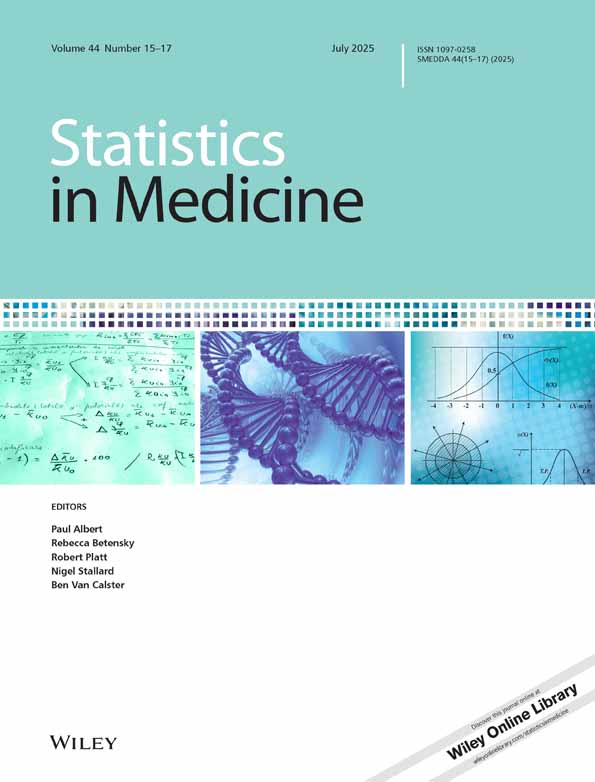Welcome and opening remarks 2007 CDC-ATSDR symposium on statistical methods
I am delighted to welcome you to the Eleventh Biennial CDC-ATSDR symposium on statistical methods. This symposium is one the largest of our symposia, with more than 200 individuals registered for the individual sessions and more than 130 registrants for the two short courses on Bayesian estimation and geographical information systems. I want to acknowledge and thank the CDC Statistical Advisory Group and the symposium organizing committees, and give special thanks to our co-sponsors the American Statistical Association and Emory University-Rollins School of Public Health for their efforts in making this symposium the best attended and one of the most exciting and relevant symposia to public health.
-
racial and ethnic disparities,
-
strategies for hard to reach populations,
-
and access and availability of healthcare.
Looking through the program I note that the sessions provide a stimulating combination of presentations on methodology combined with practical applications, surely an indication of the increasing focus by statisticians on applying their methods in ways that have a direct effect on public health.
-
a recommendation for CDC to develop more consistent evidentiary standards as appropriate for the various types of guidelines,
-
a recommendation for CDC to establish ongoing mechanisms to evaluate the use and impact of guidelines,
-
a call for an increase in transparency in guidelines development so that people know how and why guidelines are developed.
- (a)
How the guideline adds to or differs from what was available previously.
- (b)
Who was involved in the guideline's production and how.
- (c)
What information base was considered?
- (i)
The rationale for considering this evidence base.
- (ii)
What potential information bases were not consulted.
- (i)
- (d)
How the information considered supports or relates to the conclusions or recommendations.
The recommendations for transparency are simple and easy to implement, but could have profound implications for public if fully adopted.
A second current challenge for public health is the need to provide clear, credible recommendations even when the science is uncertain. The public health community may be better at communicating uncertainty than many other areas of science and health, but we still face significant challenges in this arena, for example, in communicating the results from a newly completed study that has large uncertainties. And it is a challenge that is increasing due to emerging issues such as pandemic influenza where we must make recommendations even when we have limited data. This is not primarily a methodological challenge, but a challenge in how we communicate our work and how we translate and present our findings to the public and to policymakers. Those of you in the statistical sciences have an important role in helping us meet this challenge.
In closing I would like to highlight the importance of this symposium in bringing together statisticians from all levels of public health research and practice, from within the government, academia, and the private sector, to discuss ways in which the statistical sciences can better help CDC and public health accomplish its mission. On behalf of CDC and ATSDR, I wish you a successful symposium, and I look forward to seeing the impact of this work on public health in the coming years.




